Cannon Beach, Oregon, is renowned for its breathtaking natural beauty, charming coastal town atmosphere, and iconic landmarks such as Haystack Rock. But, underneath this picturesque facade lies a critical reality; the Pacific Northwest is prone to seismic activities that could trigger tsunamis. In this comprehensive guide, we will explore tsunami preparedness at Cannon Beach, including historical insights, local experiences, and various strategies to ensure safety in the event of a tsunami.
Understanding Tsunamis and Their Impact on Cannon Beach
What is a Tsunami?
A tsunami is a series of ocean waves created by large disturbances, typically undersea earthquakes, volcanic eruptions, or landslides. Unlike regular waves, tsunami waves travel at high speeds across the ocean and can cause extensive damage when they reach the coast.
Historical Tsunami Events in the Region
The history of Cannon Beach and the larger Pacific Northwest is marked by significant seismic events. Notably, the 1700 Cascadia earthquake is a pivotal incident in local history. According to the US Geological Survey, this earthquake generated a tsunami that struck the coast, drastically impacting communities like Cannon Beach.
Why Cannon Beach is Vulnerable
Cannon Beach’s location on the Pacific Coast makes it susceptible to tsunamis. The topography, ocean currents, and geological makeup of the region all contribute to its vulnerability. Moreover, the population density during peak tourist seasons can complicate evacuation efforts.

Emergency Preparedness Planning for Tsunamis
Local Government Initiatives
The mayor’s office and emergency management agencies in Cannon Beach have developed a detailed tsunami evacuation plan. This plan includes mapped evacuation routes, designated safe zones, and community education programs tailored for both residents and visitors.
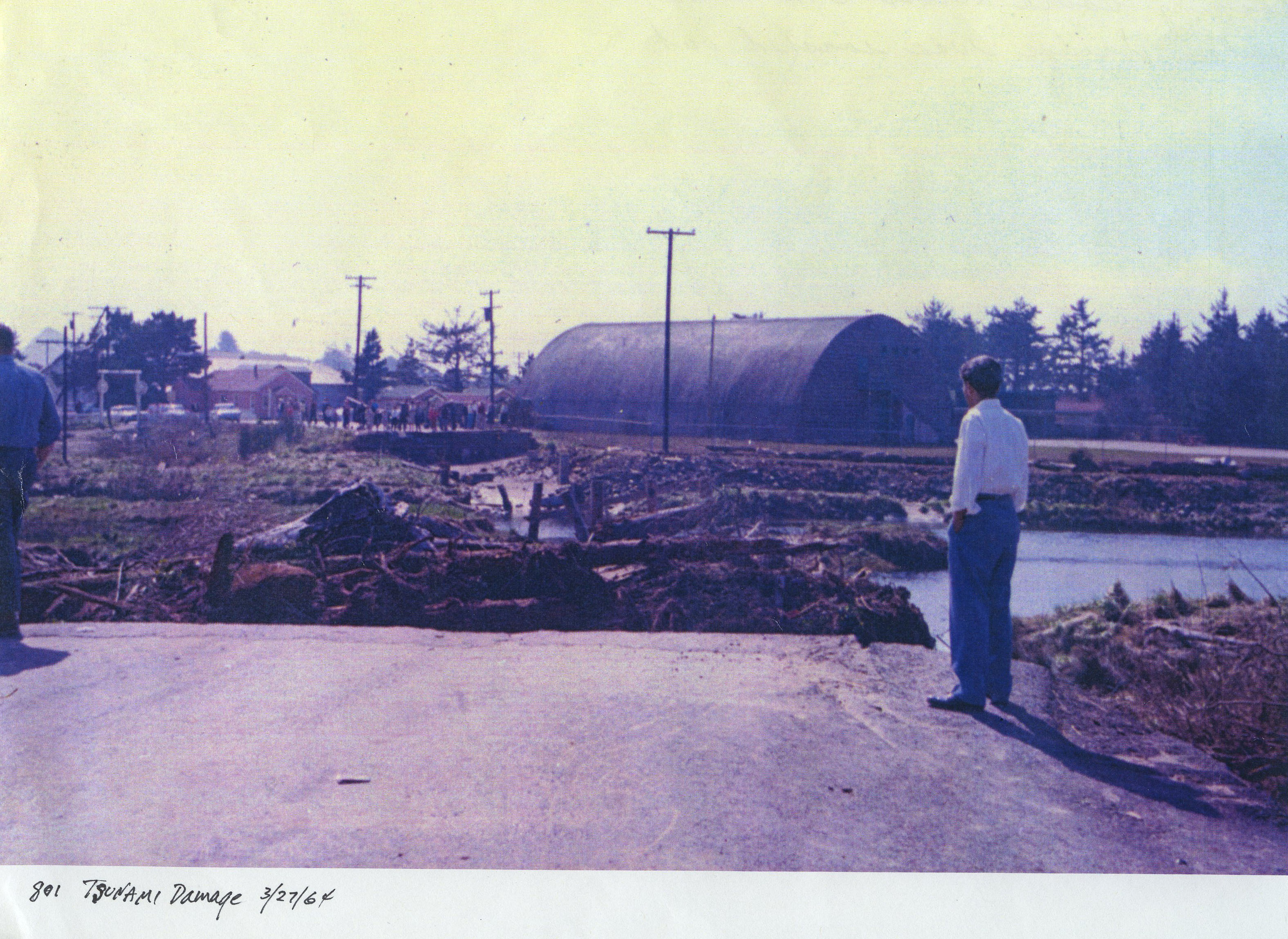
Community Involvement and Education
Community involvement plays a critical role in tsunami preparedness. Local workshops and emergency drills are organized to educate residents about safety measures. Programs from organizations like the American Red Cross help local residents understand the importance of preparedness.
The Role of Technology in Tsunami Preparedness
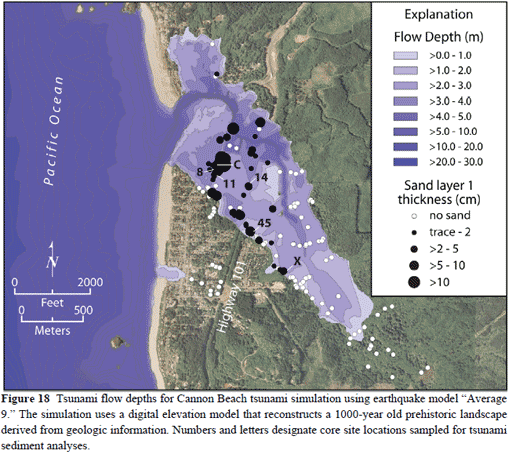
Warning Systems and Alerts
Oregon’s tsunami warning system is a state-of-the-art network designed to alert the population in case of a tsunami threat. Real-time alerts are disseminated via various platforms, including:
- NOAA Weather Radio: Provides continuous broadcasts of weather-related information.
- Wireless Emergency Alerts (WEA): Short emergency messages sent to mobile devices.
- Social Media Updates: Local authorities post updates and alerts on platforms like Twitter and Facebook.
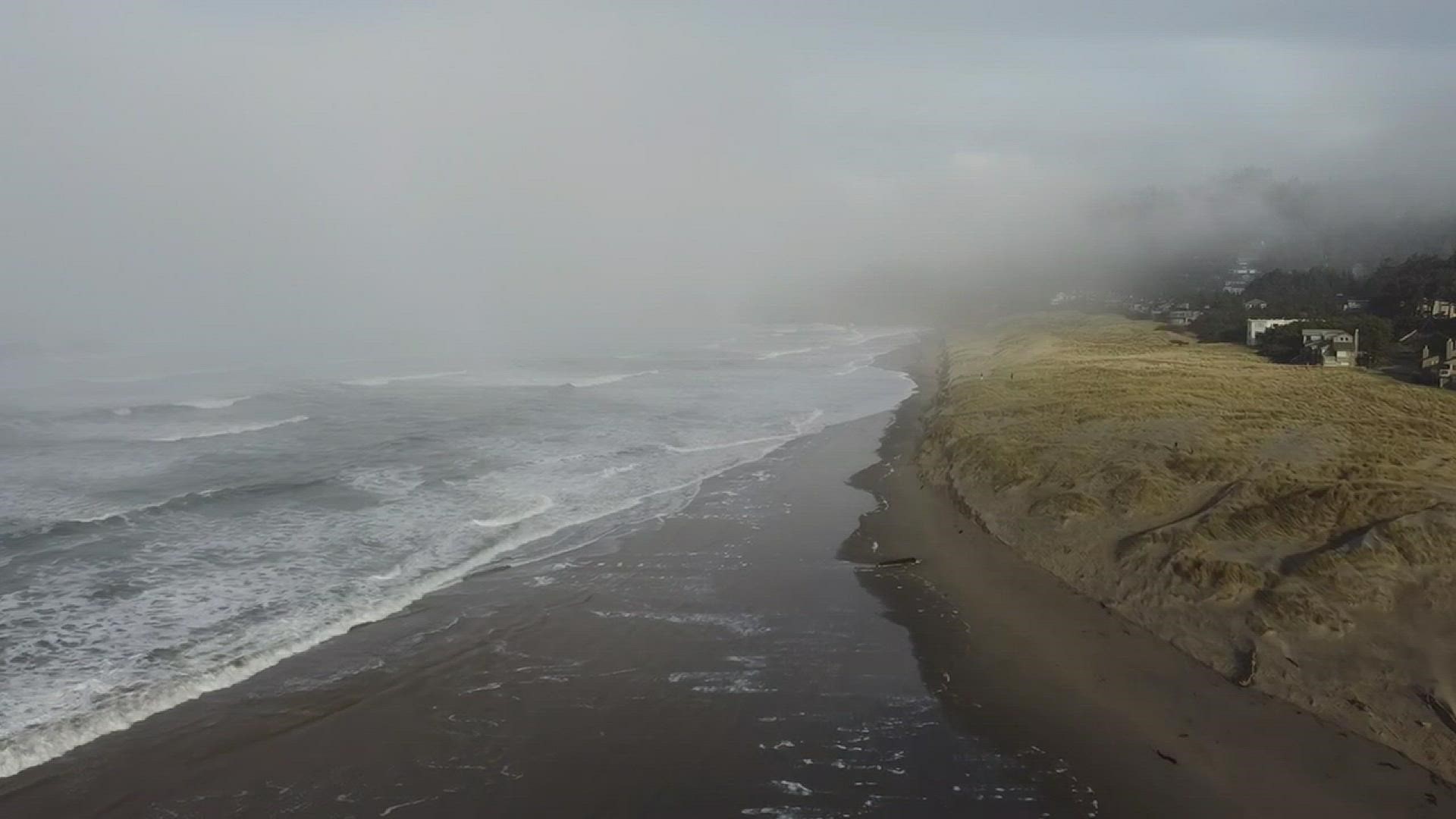
Comparison of Tsunami Alert Systems
| Alert System | Scope | Speed | Accessibility |
|---|---|---|---|
| NOAA Weather Radio | National | Minutes | Requires a radio |
| Wireless Emergency Alerts | Local | Seconds | Mobile phones |
| Social Media Updates | Local | Immediate | Internet access |

Local Experiences: Surviving a Tsunami Warning
Firsthand Accounts from Residents
Local residents often share their experiences during warning periods. Many recall the jitters and confusion as official alerts come through, prompting immediate action. Stories of quick evacuations and safe gatherings in designated zones are common, emphasizing the importance of preparation and awareness.

Tourist Awareness
Visitors to Cannon Beach should familiarize themselves with local tsunami protocols. The town provides numerous resources, including brochures and informational sessions, to help tourists understand evacuation routes and safety measures. The local tourism board often collaborates with emergency management agencies to ensure information is widely disseminated.
Pros and Cons of Tsunami Preparedness Methods
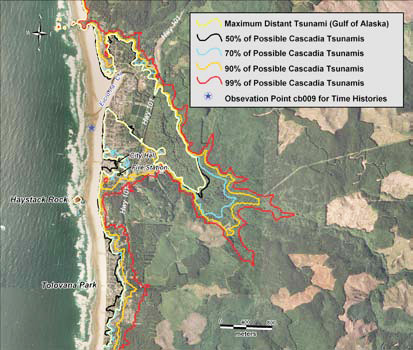
Emergency Kits
| Pros | Cons |
|---|---|
| Ensures essentials are available | Can be costly to prepare |
| Enhances peace of mind | Requires regular maintenance and updates |

Community Drills
| Pros | Cons |
|---|---|
| Improves community readiness | Can be time-consuming to organize |
| Raises awareness | May cause temporary disruptions |
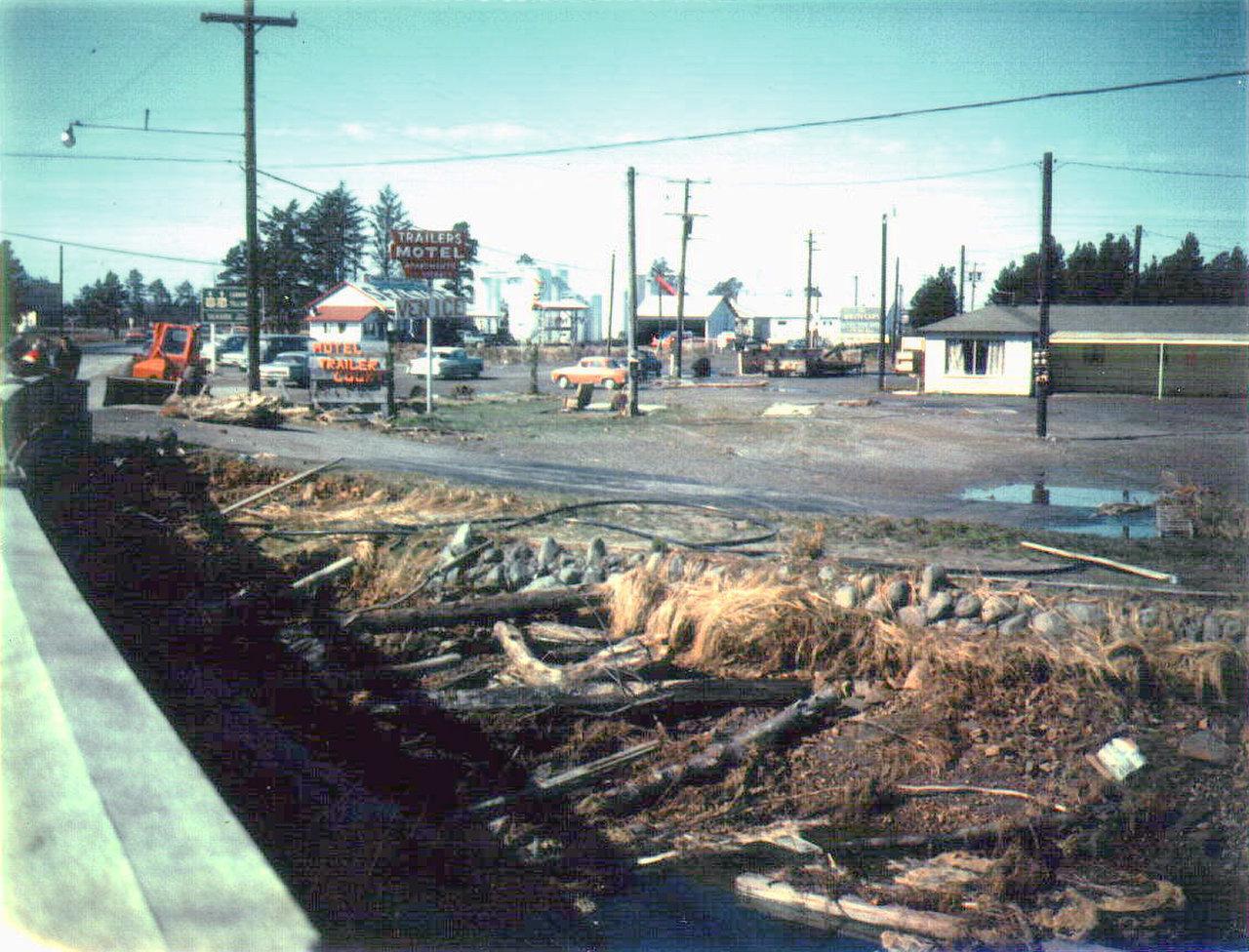
Resources for Tsunami Safety in Cannon Beach
Emergency Services Contacts
In the event of a tsunami, it’s crucial to have the contact information for local emergency services. Here are some key contacts:
- Cannon Beach Police Department: (503) 436-2819
- Cannon Beach Fire Department: (503) 436-2812
- Oregon Emergency Management: (503) 378-2911
Educational Resources
Residents and visitors can access several educational materials to better understand tsunami preparedness:
Frequently Asked Questions
What should I do if there’s a tsunami warning in Cannon Beach?
If a tsunami warning is issued, follow local evacuation routes and head to higher ground immediately. Stay tuned to local news or emergency services for updates.
How can visitors stay informed about tsunami risks?
Visitors can check with their accommodations for information on tsunami safety and local emergency contacts. Following local social media accounts can also provide timely updates.
Are there specific evacuation routes in case of a tsunami?
Yes, Cannon Beach has designated evacuation routes that are well-marked. Familiarize yourself with these routes upon arrival.
How often should I check my emergency kit?
It’s advisable to check your emergency kit at least once a year, updating any expired items and ensuring everything is in good condition.
Conclusion
Tsunami preparedness in Cannon Beach, Oregon, is a community effort that requires participation from both residents and visitors. By understanding the risks, getting involved, and utilizing available resources, everyone can contribute to ensuring safety against potential tidal waves. Remember, being informed is the first step to being safe!